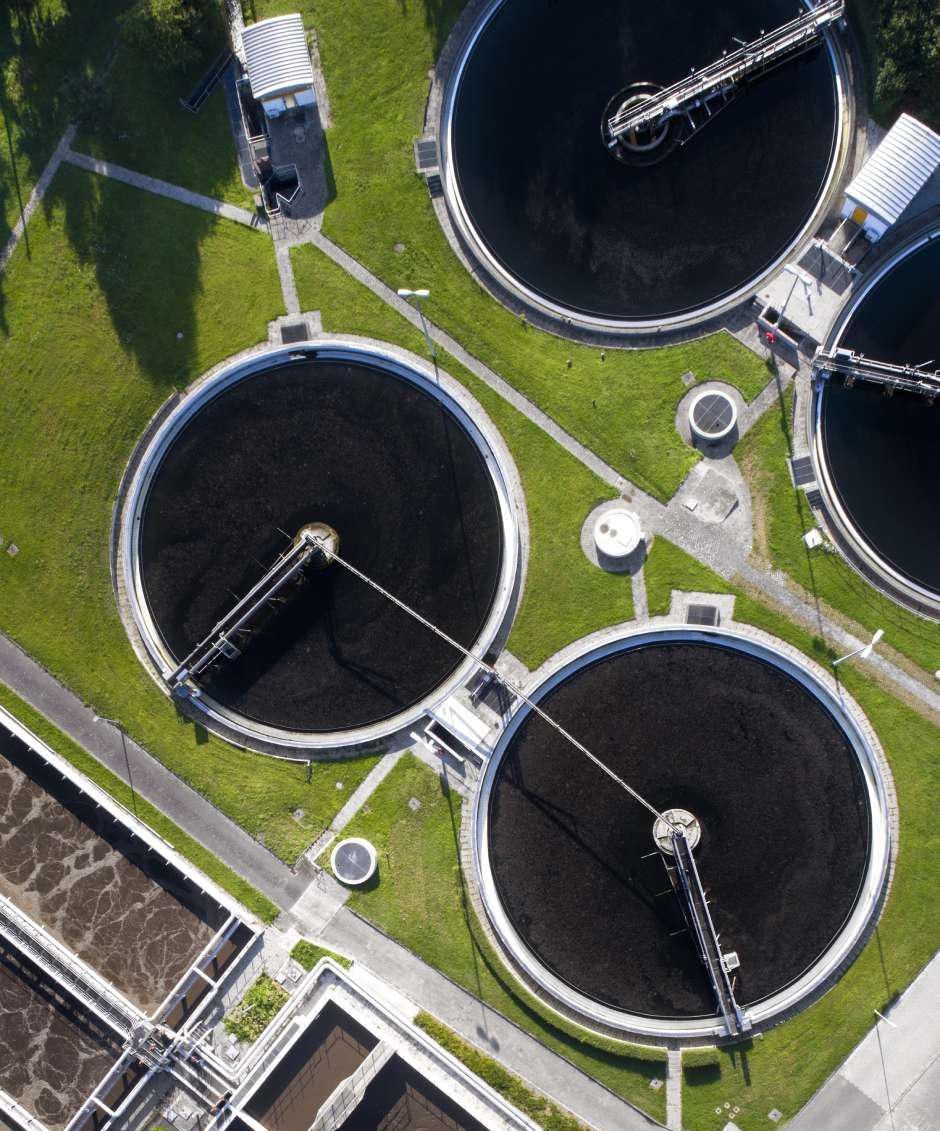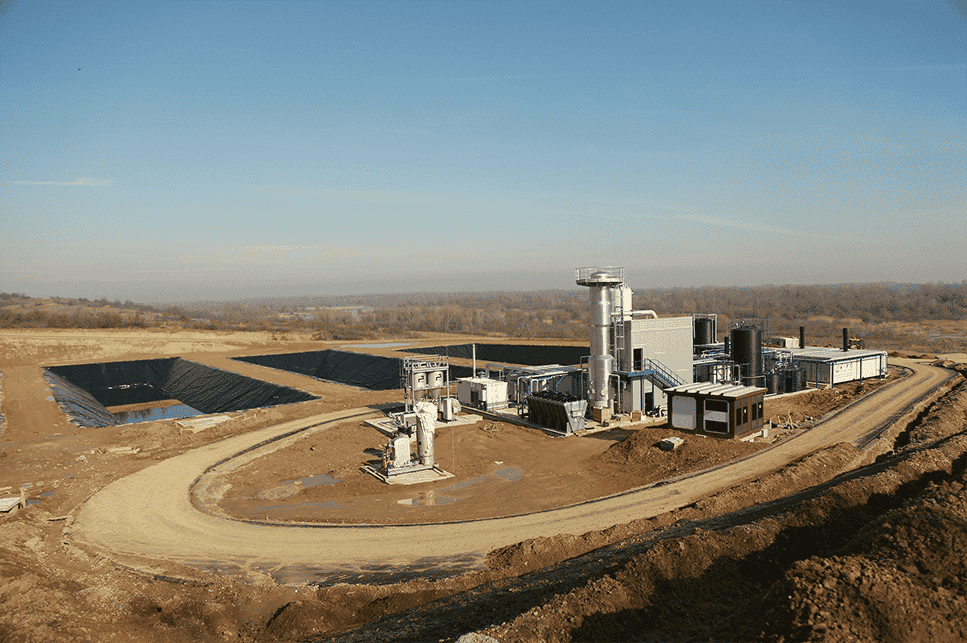
Transformation of sewage sludge into biogas
Contact Afep Transformation of sewage sludge into biogas In partnership with the Var Estérel Méditerranée agglomeration community

Recovering the methane produced by the degradation of organic waste at landfills and injecting it directly into the natural gas distribution
Reducing net CO2 emissions to zero by 2050, as set out in the European framework, requires the implementation of large-scale industrial solutions. The recovery of biogas from landfill waste is one of the key levers of Veolia’s activities to contribute to this objective. This major project in partnership with Waga Energy, a Grenoble-based startup, is an emblematic illustration of this in terms of its size and impact. A true example of industrial and territorial ecology, it will make it possible to produce local, renewable and low-carbon energy.
This innovation offers an energy efficiency three times higher than solutions consisting in burning biogas in an engine or a turbine to produce electricity. Biomethane can also be easily stored and transported using existing gas infrastructures.
By substituting biomethane for natural gas, the WAGABOX® solution avoids the carbon emissions caused by the use of fossil fuels.
on which the project has a significant impact
Scope 1 – Methane recovery
Quantification : 21,1 kt CO2/year
Avoided Emissions – Substitution of natural gas by biomethane
Quantification : 24 kt CO2/an
The WAGABOX® solution allows the recovery of 118 182 MWh PCI/year of biomethane. We can consider that this biomethane has an emission factor of 23,4 kgCO2eq/MWh PCI.
The emission factor of natural gas is about 227 kgCO2/MWh PCI. The injection of biomethane into the network, all other things being equal, avoids 203.6 kgCO2/MWh COD, i.e. for this installation more than 24,000 tCO2/year.
On the other hand, if the methane from the decomposition of the waste had not been recovered, its ordinary treatment by combustion would have resulted in the emission of 21,000 tCO2eq (GWP at 100 years = 30). The recovery of methane by the WAGABOX® solution therefore also avoids 21 000 tCO2/year at the non-hazardous waste storage facility.
In total, more than 45 000 tCO2eq/year are avoided by the WAGABOX® solution.
Claye-Souilly : 11 M€ Saint-Palais : 3 M€ Le Ham : 3 M€
November 2018
Claye-Souilly (Seine et Marne), Saint Palais (Cher) et Le Ham (Manche).
The project is part of a contribution to various SDGs (Sustainable Development Goals) :
Finally, this project contributes to the creation of qualified industrial jobs in France (SDG 8 Decent work and economic growth).
This type of project is reproducible if the support mechanisms for biomethane injection projects from non-hazardous waste storage facilities are maintained.
A partnership between Veolia and Waga Energy, a young innovative company, has been initiated.
antoine.lair@veolia.com

Contact Afep Transformation of sewage sludge into biogas In partnership with the Var Estérel Méditerranée agglomeration community

Thales and Veolia have joined forces to create the first eco-designed SIM card made from recycled plastic. The polymer, a plastic found in high concentrations in household..

Veolia offers a new approach to waste management on landfills in which all resources are used to create positive-impact sites: no methane emissions from the waste, positive energy balance, no leachate released into the natural…